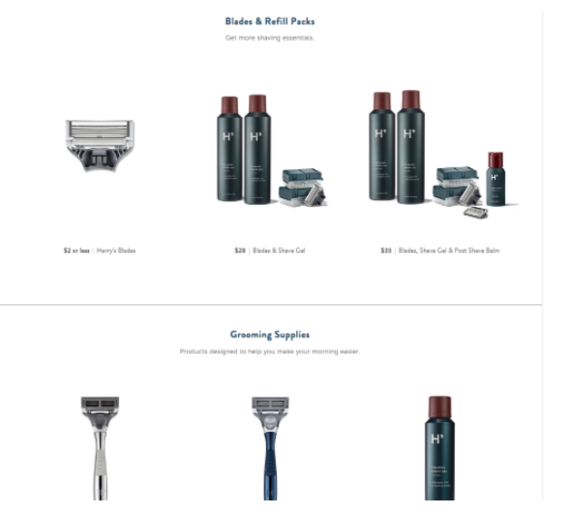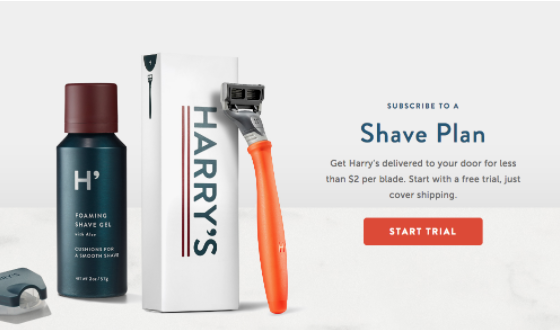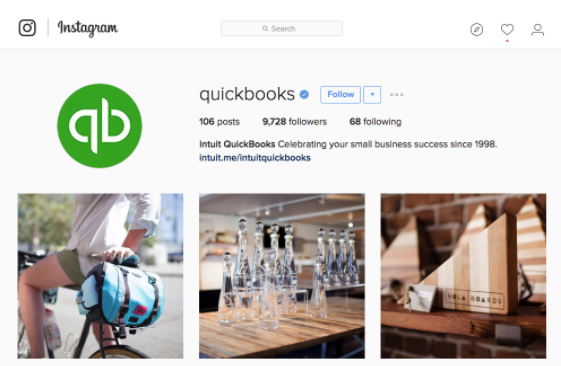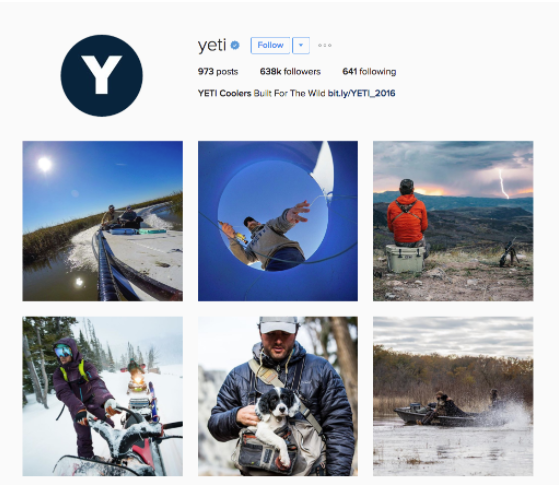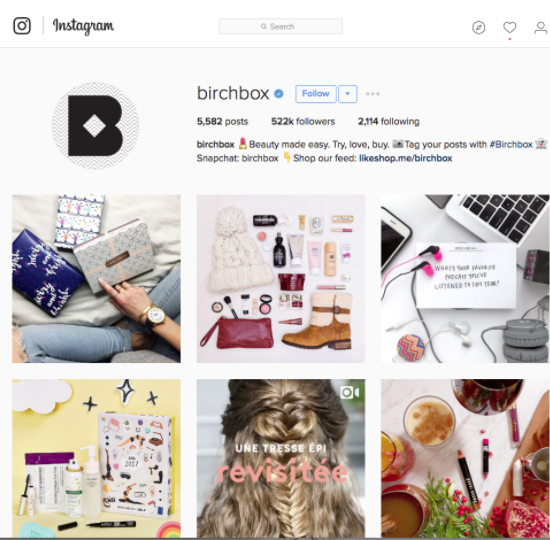When you're looking for solid advice for launching a successful startup, it makes sense to turn to experts like Gary Vaynerchuk for advice.
Gary is a serial entrepreneur and New York Times best selling author. In the book Foundr V1.0, when asked to share his top tip for startups, Gary says to focus on storytelling. "Quality storytelling always wins. It's not about pushing advertising. It's about bringing value."
That's great, but you're an entrepreneur not J.K. Rowling, so what should you do? Let's dive into the steps you need to take to tell an amazing brand story right now!
1. Know The SPECIFIC Wants/Needs of Your Target Audience
When you decided to launch your startup you did so because you thought your idea could solve a problem for someone other than yourself.
For example, Harry's is an e-commerce store that sells affordable, well crafted men's grooming products. The founder of Harry's decided to launch his startup one day when he was in the drugstore spending what he felt was way too much money for some boring looking razor blades (I think we've all been there).
Replacement blades for the razor's made by Harry's are just $2 per blade!
The founder of Harry's initially could have thought: I'm going to create the highest quality grooming products or I'm going to launch a line of aftershave products or I'm going to create a new style of blade that's technically better than all other blades.
Any of those angles on their own would have been great, but those are a lot of issues to tackle for a startup, especially for one launching into a market with leaders like Gillette who have a lot of marketing dollars to spend to squash the little guys.
Instead of thinking I need my brand to tackle ALL the problems, the founder started with a focus that met a very specific need for many consumers: the high price of razor blades. He then created a blade that was high quality that costs just $2.
When crafting the Harry's marketing messaging he could have launched by saying "New High Quality Grooming Products for Men!" which might get lost in the sea of a million other "new high quality" products.
Instead Harry's was able to launch saying "less than $2 per blade."
You see how specific that messaging is? That specificity is powerful because it speaks to a very specific need for someone in Harry's target audience.
The more specific you can be in your own communications the better off you'll be!
2. Become an Expert Communicator
Once you nail down the concise message you want to send across to your target audience, you'll need to become an expert at storytelling to get that message across.
Some companies have About pages on their site that read in boring, corporate speak. We were founded in 1999 by John. F. Smith in Portland, OR. Our core focus is on engineering products that improve households. Blah, blah.
Other companies, like Harry's, have crafted interesting and compelling stories that tell their story to a captive target audience.
When you click over to the About page on the Harry's website you'll be dazzled with a story that tells you WHO the products are for, WHAT makes the products unique, WHERE the products are made, WHY you should buy the products and WHEN you should buy them (asap).
Harry's story is not a snooze worthy history of the company, but a highlight reel of what makes the company and its products a perfect fit for people who fit their target audience profile. That's what you want to do too!
If you're looking for another great example of storytelling, check out the BirchBox about page. The founders of Birchbox follow a similar model by telling their audience the fun story of how the company came to be, what it stands for and why consumers love it!
You'll want to determine your own set of Who, What, Where, When and Whys. Then turn that information into your company's about page!
3. Create a Community That Shares and Cares
You'll fine tune your storytelling skills as you craft your startup's About page, and you'll really hone those skills as you start building an online community.
Through your social media marketing efforts you should be building a community of people with shared interests based on the services or products you sell.
For example, if you sell small business software like Quickbooks you might create a community that likes and shares tips around running a business, maximizing profits and sharing success stories.
On the other hand if you sell outdoor equipment you might create a community that likes and shares tips about outdoor adventures like YETI coolers.
If you're a company that sells cosmetic products like Birchbox, you might create a community where people can like and share makeup tips.
While building up an engaged community; one that likes and shares their own user generated content with you is great, you'll want to spearhead the efforts and guide the story.
You become the social storyteller by crafting content that clearly communicates the message you want others to pick up on. You can do this though the type of images you post, the voice you write your captions in and the kind of videos you share.
Look through the social media profiles of brands you love, and see which of their posts resonate with you the most. Then really think about why you like those posts. Are the pictures well lit and laid out nicely? Are the captions funny? Are the videos educational? Try to pick up on what you like most and use that information to guide your own storytelling efforts via social media.
Getting Started
Now that you know what makes a compelling brand story, it's time to begin crafting yours. It can feel frustrating to sit in front of a blank word doc when you're unsure of what to write. Just remember that you DO know what to write! You came up with the idea for your company for some reason, and that reason is what you need to communicate with the world.
If you're still feeling unsure of what to do, read through the Harry's About page again for inspiration. Also feel free to leave a comment down below and I'll try my best to respond if you have any specific questions!


